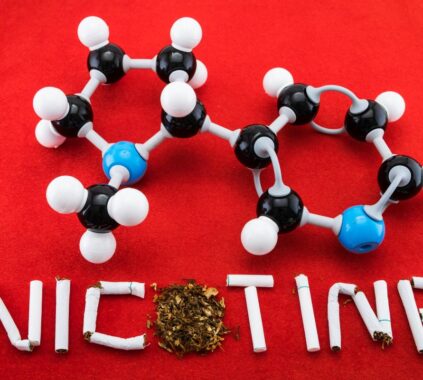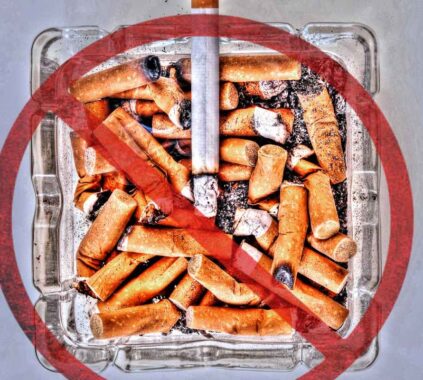Tobacco smoke contains many compounds, including gasses that can harm smokers and secondhand smokers. Quitting smoking reduces these hazardous emissions the greatest, but there are other surprising ways to lower tobacco smoke gases. Innovative methods to reduce tobacco smoke’s health risks are discussed in this article.
Air purifiers and ventilation systems
Indoor air pollution can be greatly reduced by installing effective ventilation and air purifiers. High-quality air purifiers with HEPA filters may remove tobacco smoke’s tiny particles and gasses, making smokers and non-smokers healthier.
Indoor Plants
As natural air filters, plants may greatly improve indoor air quality. Spider plants, snake plants, and peace lilies absorb airborne pollutants, including tobacco smoke. These plants help freshen indoor areas when carefully placed.
Charcoal Use
Activated charcoal has long been used to filter pollutants. Smoking locations can benefit from activated charcoal bowls to absorb tobacco combustion gasses. This inexpensive and simple solution can significantly reduce indoor air pollution.
Advanced Filter Masks
Advanced filtration masks can reduce dangerous gas emissions from smokers who cannot quit. These masks, with improved filtration, can catch a large amount of tobacco smoke’s toxins, safeguarding the smoker and others.
Change to e-cigarettes
Although not risk-free, e-cigarettes produce fewer toxic chemicals and gasses than tobacco products. For smokers trying to stop, e-cigarettes may be a safer choice, according to some studies.

Hydrogen Radical Generators
Highly reactive hydroxyl radicals can eliminate numerous airborne contaminants, including tobacco smoke gasses. Hydroxyl radical generators create these chemicals, lowering air pollution. This technology can make indoor areas cleaner and safer.
Cutting Smoking Time
Reducing smoking time can also reduce gas exposure. Smokers and those nearby benefit from encouraging shorter smoking sessions to prevent hazardous gas emissions.
Novel Smoking Devices
Innovative smoking gadgets with built-in filtration could transform smoking. Smokers can use these devices to catch and neutralize toxic compounds before they enter the air, making them more ecologically friendly.
Smoking Zones and Education
Educational programs regarding tobacco smoke and smoking zones can lower dangerous gasses. Well-informed smokers are more likely to reduce their environmental impact, and smoking zones prevent secondhand smoke from spreading to non-smoking areas.
Changes in Policy and Regulation
Enforcing strong smoke prohibitions in public settings can reduce gas exposure. Smoking-free spaces protect non-smokers from secondhand smoke and make smokers more aware of where and when they smoke.
Conclusion
Quitting smoking is the best approach to eliminating tobacco’s health dangers, but these surprising methods can reduce dangerous gas emissions. From novel filtration technologies to strategic indoor plant use, these methods help smokers and non-smokers create cleaner, healthier spaces. Exploring such methods may lead to more effective tobacco smoke mitigation strategies as science and technology develop.
Last modified: February 23, 2024






